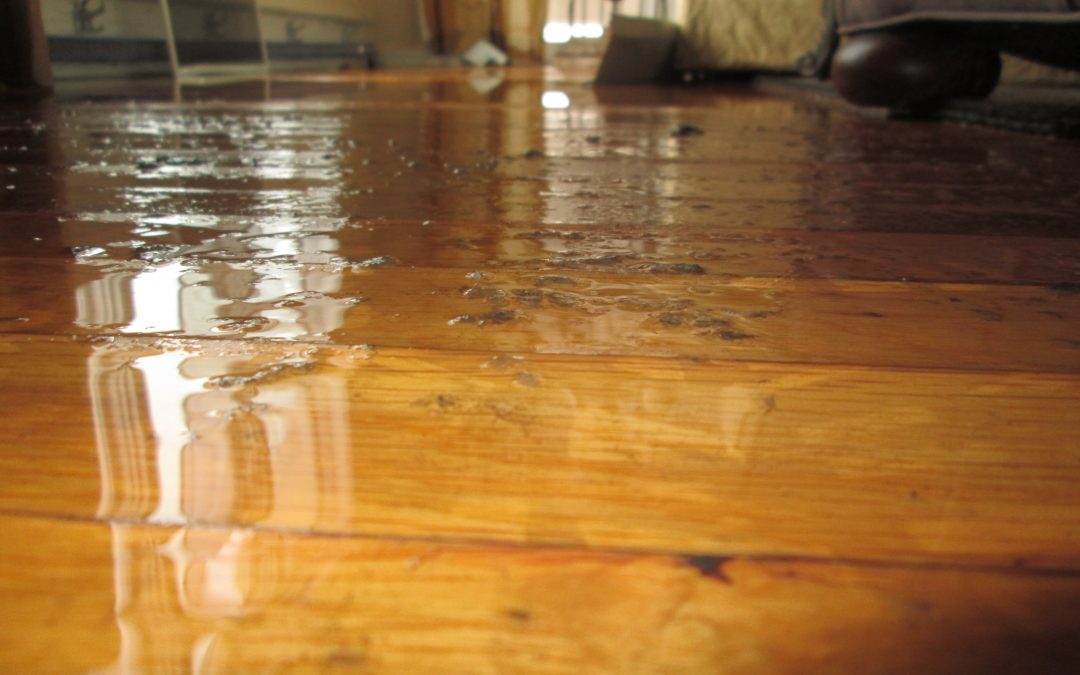In recent years, spray foam insulation has gained popularity as a highly effective solution for enhancing energy efficiency in homes and commercial buildings. This innovative material not only provides superior thermal performance but also serves as a barrier against air and moisture infiltration, making it an ideal choice for those looking to improve indoor comfort and reduce energy costs. As energy prices continue to rise, homeowners and builders alike are turning to spray foam insulation to create more sustainable living environments.
With its ability to expand and conform to any shape or surface, spray foam insulation offers unparalleled coverage, often outperforming traditional insulation materials like fiberglass and cellulose. This article delves into the benefits, application methods, and considerations of spray foam insulation, guiding you through its advantages and helping you determine if it’s the right fit for your insulation needs. Whether you’re renovating an existing space or building a new structure, understanding the capabilities of spray foam insulation can lead to smarter, more efficient building choices.
Benefits of Spray Foam Insulation
One of the main advantages of spray foam insulation is its exceptional air sealing capabilities. Unlike traditional insulation materials, spray foam expands upon application, filling gaps and cracks that might otherwise allow air leaks. This tight seal not only enhances thermal performance but also helps maintain indoor air quality by reducing the entry of outdoor pollutants and allergens. Additionally, spray foam insulation is moisture-resistant, significantly minimizing the risk of mold growth in humid environments. For homeowners seeking energy-efficient solutions, exploring options like Spray foam insulation near Houston TX can yield substantial savings on utility bills over time.
Application Methods and Considerations
The application of spray foam insulation generally involves two methods: open-cell and closed-cell foam. Open-cell foam is lighter and allows for more flexibility, making it ideal for interior spaces, while closed-cell foam offers a higher R-value and acts as a vapor barrier, suitable for exterior applications. It’s essential to consider the specific needs of your building project, as well as local climate conditions, when choosing the appropriate type of spray foam insulation. Engaging with experienced professionals can ensure proper installation and maximize the insulation benefits for your home or commercial space.
In conclusion, spray foam insulation stands out as a versatile and effective solution for improving energy efficiency in both residential and commercial properties. By providing a robust seal against air and moisture infiltration, it not only enhances thermal performance but also contributes to improved indoor air quality and comfort. As the construction industry continues to prioritize energy efficiency and sustainability, the advantages of spray foam insulation make it a compelling option for anyone looking to invest in long-term energy savings. Whether you are undertaking a renovation or starting a new build, understanding the unique properties and applications of spray foam insulation can empower you to make informed choices that promote a healthier environment and reduce overall energy consumption.




